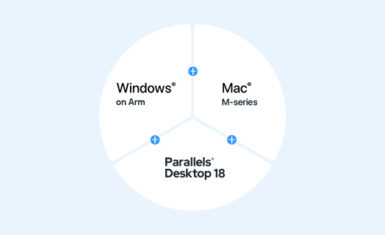As more and more companies make the switch to the cloud, it’s important to consider the financial implications of such a move. Cloud costs can be difficult to control for several reasons, including different pricing structures and billing models with various options and combinations, and constantly changing offers and pricing. In addition, the cost of migrating to the cloud can be significant, as many organizations do not have the necessary in-house knowledge and need to hire specialists.
Building a business case
To manage cloud costs effectively, preparation is key. Before making the switch, it’s important to make a business case and carefully consider which applications, infrastructures, and workplaces can be moved to the cloud. For large data sets that require significant resources and can increase cloud costs, an on-premise solution may be a better fit. Additionally, legacy applications that pose problems when deploying to the cloud may also be better left on-premise. For applications with fluctuating workloads or disaster recovery purposes, the cloud can be a more viable solution. A hybrid cloud approach can also be beneficial, allowing organizations to take advantage of the best of both worlds.
It’s also essential to map out what can and cannot be transferred to the public cloud. For example, it’s often cheaper to run databases on-premise, and organizations should regularly assess whether certain data is still needed. Additionally, it’s important to ensure that existing processes continue to work correctly after the switch. By opting for a VDI solution, for example, IT departments can easily centralize desktops in a data center, saving time and improving productivity.
Making the most of your cloud investment
To minimize cloud costs, it’s also important to turn off virtual machines, databases, and services when they’re not needed. As long as organizations take these steps into account, they can take advantage of the many benefits and capabilities of the cloud, including faster time-to-market, innovation opportunities, and more opportunities. By effectively managing cloud costs, organizations can make the most of their cloud investment while avoiding financial pitfalls.
The original version of this article appeared in Computable.





